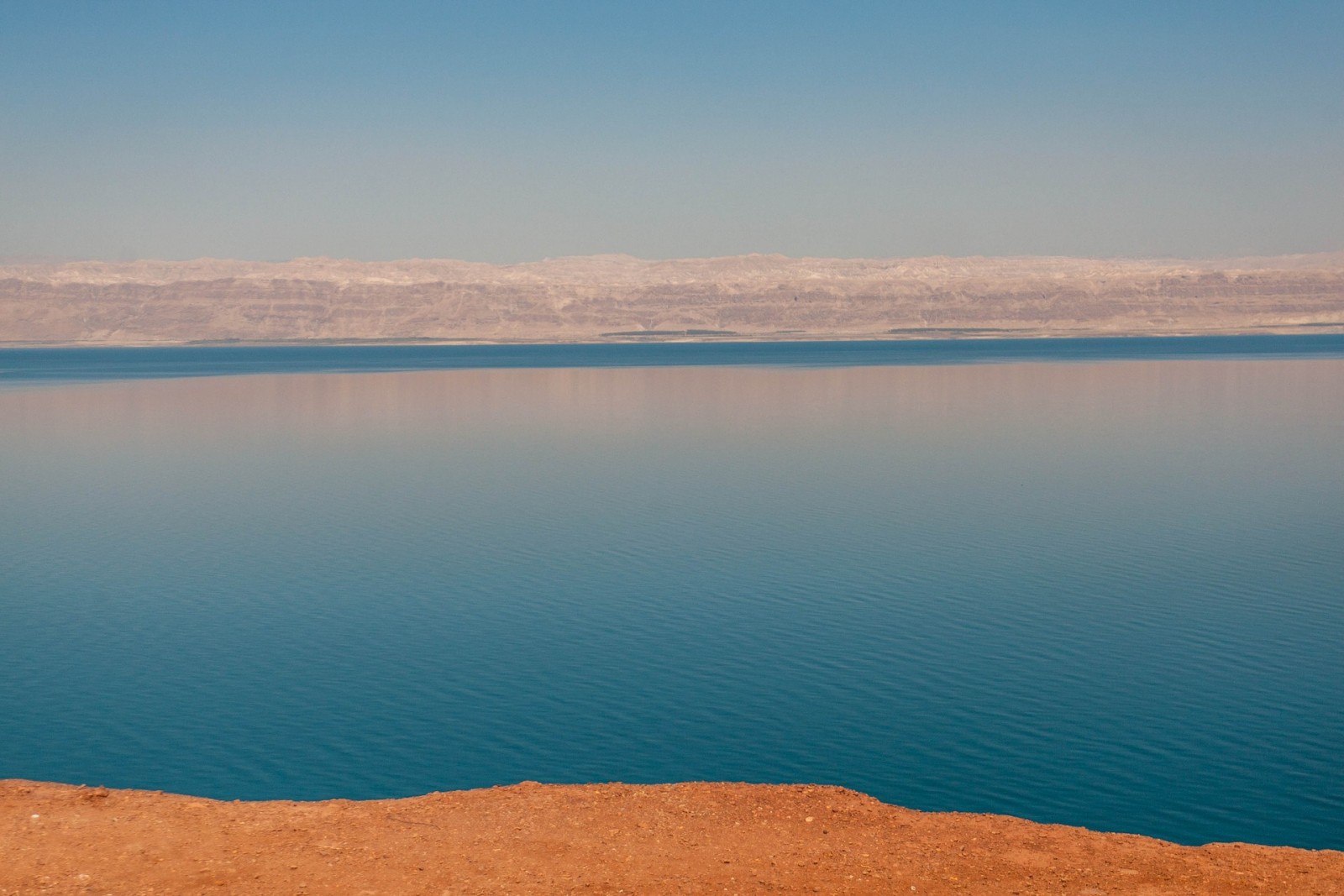HotSpots H2O: New Research Finds National Reform Vital for Jordan’s Worsening Water Crisis

The Dead Sea. © Pixabay
Nearly all of Jordan’s lower-income populations will suffer from severe water insecurity by the end of the century without immediate and comprehensive national reform, according to a Stanford University study.
The predictive research, analyzed using computer simulations, modeled Jordan’s freshwater system across a range of socioeconomic and climate change scenarios. The team found that introducing measures such as fixing pipelines, raising tariffs on big water users, preventing water theft, and implementing large-scale desalination could drastically improve Jordan’s water security for years to come.
Water supplies in arid Jordan were always precarious, but the situation is now approaching the brink of “boiling over” into social and political instability, said Jim Yoon, the study’s lead author and a water security and resilience scientist at Pacific Northwest National Laboratory.
“Jordan’s unique role as a bastion of peace in the region makes these findings all the more cause for concern,” Yoon added.
Water insecurity in Jordan comes with the geography. The Jordan-Yarmouk river system, which runs along the country’s western border, has declined due to upstream diversions in both Israel and Syria. More than half the country consumes water from a dozen heavily-pumped groundwater basins, some of which have water levels that are decreasing by over one meter annually. Jordanians pull more water from aquifers than is replenished by the rain, while non-renewable aquifers are under threat of being completely emptied. As of 2019, groundwater in Jordan was being pumped at the twice the rate that it is being replenished.
Demand for fresh water has skyrocketed in the past decade as the country’s population spiked due to an influx of refugees, many fleeing from the conflict in Syria. More than one million refugees entered the country since 2011, with nearly 800,000 still officially registered in cities and refugee camps in 2019.
Jordan’s public water is also unequally distributed, the study says. Wealthier individuals and companies have greater access, leading to disparities between economic classes. Without intervention, this division will worsen. By the end of the century, at the current trajectory, almost all low-income households in Jordan will have access to less than 40 liters a day, the study found. This is significantly less than World Health Organization guidelines, which recommend 50 to 100 liters per person per day for basic needs.
Jordan is not in a hopeless situation, but it will require some help, the study argues. Actions include preventing water from leaking pipes and reallocating water from farms to cities. The most effective strategy is desalination, according to researchers. In a way, it would address two needs at once.
The core project would desalinate water from the Red Sea, transport the fresh water to the capital city of Amman, and return any leftover saline water to the Dead Sea, which has been declining. The Red Sea-Dead Sea project, initially proposed in the 1960s, has been put off due to cost and lack of international cooperation, but researchers emphasize that collaboration among international partners is essential for Jordan’s water future.
“The many facets of Jordan’s water crisis make it an especially valuable place to explore the impacts of individual versus simultaneous interventions,” said Steve Gorelick, a Stanford professor and the study’s co-author. “Now that the model exists for this complex environment, it can be adapted with relative ease to other regions.”
Elena Bruess writes on the intersection of environment, health, and human rights for Circle of Blue and covers international conflict and water for Circle of Blue’s HotSpots H2O.




